Patch Panel: What Is It and Why Do You Need It?
Table of content
Introduction:
If you are using an Ethernet network, you must have a plethora of network cables connected to the computers throughout your workplace. You have to connect every cable to the keystone jack or wall place and then install it in a wall near networking devices. Consequently, there is a clutter and mismanagement of cables. Is there any solution to this? Yes, this is where a patch panel helps. What is a patch panel? Does your business need patch panels or not? We are going to discuss these queries in this blog. Therefore, read it attentively and make your workplace more effortless than ever.
What Is a Patch Panel?
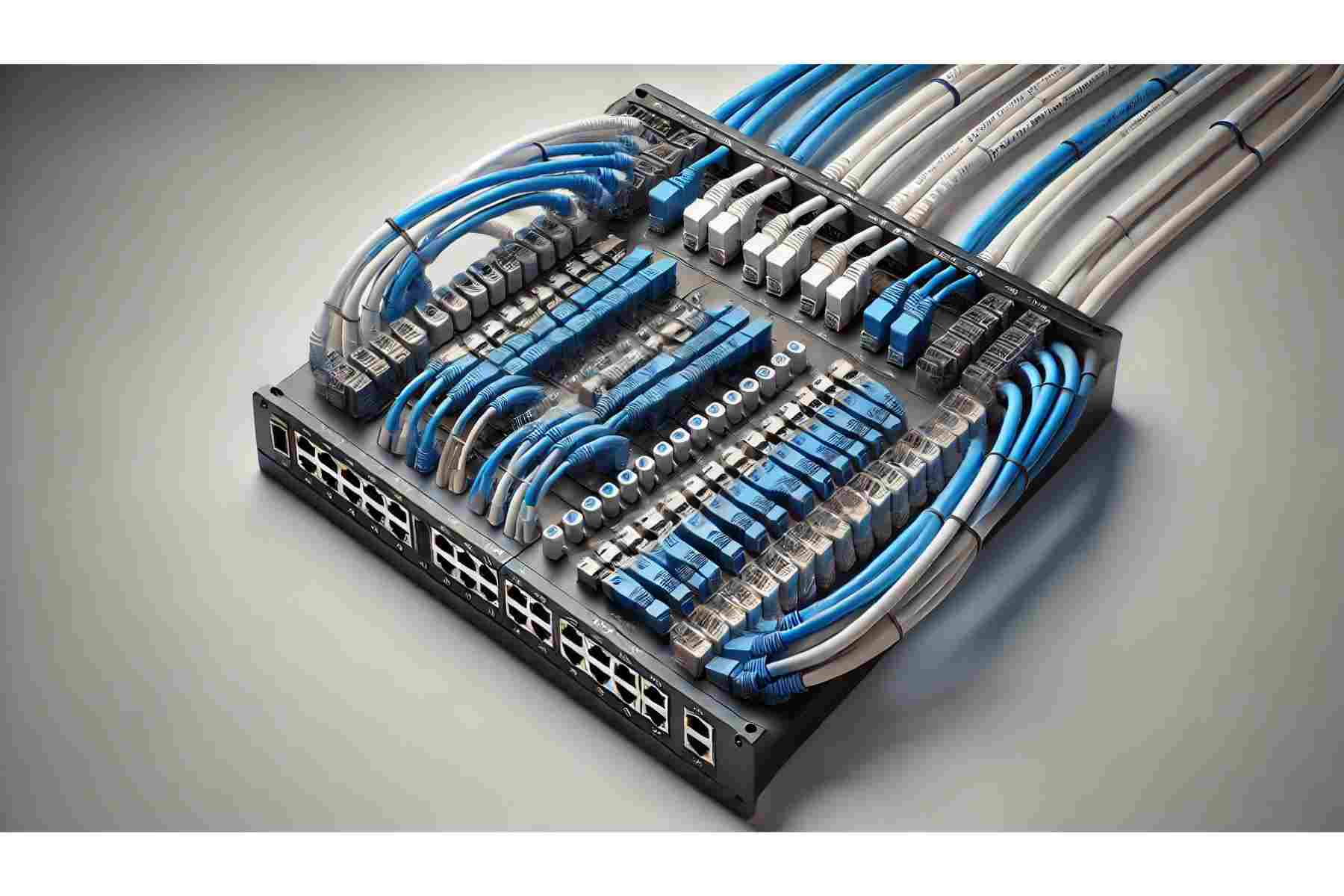
A patch panel is a flat piece of hardware with multiple network ports typically located in a server room or a wiring closet. It makes it easy to connect a large number of Ethernet cable without any mismanagement and discomfort. Besides, they help network administrators organize separate networks in a well-organized way. Most importantly, a patch panel helps troubleshoot problems easily.
Why Do You Need a Patch Panel?
What is the purpose of patch panels? A Simple answer is to simplify the process of separating different networks. Additionally, it reduces clutter by keeping your network cables neat and organized. It is similar to a keystone jack or wall plate. The only difference is that patch panels have a large number of ports and are installed on a server rack near a switch. On the other hand, a wall plate has a small number of ports, mainly two, and is installed on a wall near a networking device, such as a computer.
What Are the Benefits of a Patch Panel?

Patch panels are not something crucial or mandatory for your business, they are not a must-have equipment for any networking infrastructure. However, having installed them in your workstation or home saves you time and money by bringing a bunch of other facilities. Here are some benefits that patch panels can offer:
Ease of Cable Management:
Speaking to any LAN-administrator proves that cables management is a serious headache. So, patch panels can help you overcome this hurdle. Patch panels help network administrators manage various cables easily providing an effortless cable management.
Boosted Flexibility:
They boost Flexibility, providing an option to use shorter cables to connect your rack to the switch. Without a patch panel, it would be a 100-feet long cable that sometimes create a confusion.
Future-Proof:
While patch panels are not future-proof in themselves. But, they make the process of upgrading to advanced equipment by providing an easy way to decouple the cables from routers and switches.
Efficient Switching:
Along with a network switch, a patch panel provides efficient Switching, making data transmission faster and connections safer.
Ease of Installation and Reorganization:
Through a patch panel, you can install and reorganize your cables easily. It helps you organize your cable in a neat and clean way so you don’t have to be confused when it comes to reorganizing them.
Reduces Cable Clutter:
If you have ever been to a server room, you must have witnessed a cable clutter. A patch panel reduces this clutter. It helps network administrators separate different networks, leaving no chance of cable clutter.
Inexpensive:
They are inexpensive. You don’t have to feel tense about your budget. If you want to make your network infrastructure more reliable and efficient without spending much, you can do it because patch panel are not costly.
Save Cable Cost:
As mentioned earlier, patch panels allow you to use shorter cables that are less expensive as compared to long cables. You can use a cat-5 cable, a shorter, cost-effective cable, instead of a long cable.
Strengthen Network Security:
By organizing cable connections in a central hub, you can implement a physical access control measure to allow only authorized patches in the panel. This segregation enhances security, making your network more robust and safer.
Difference Between a Patch Panel and a Switch:
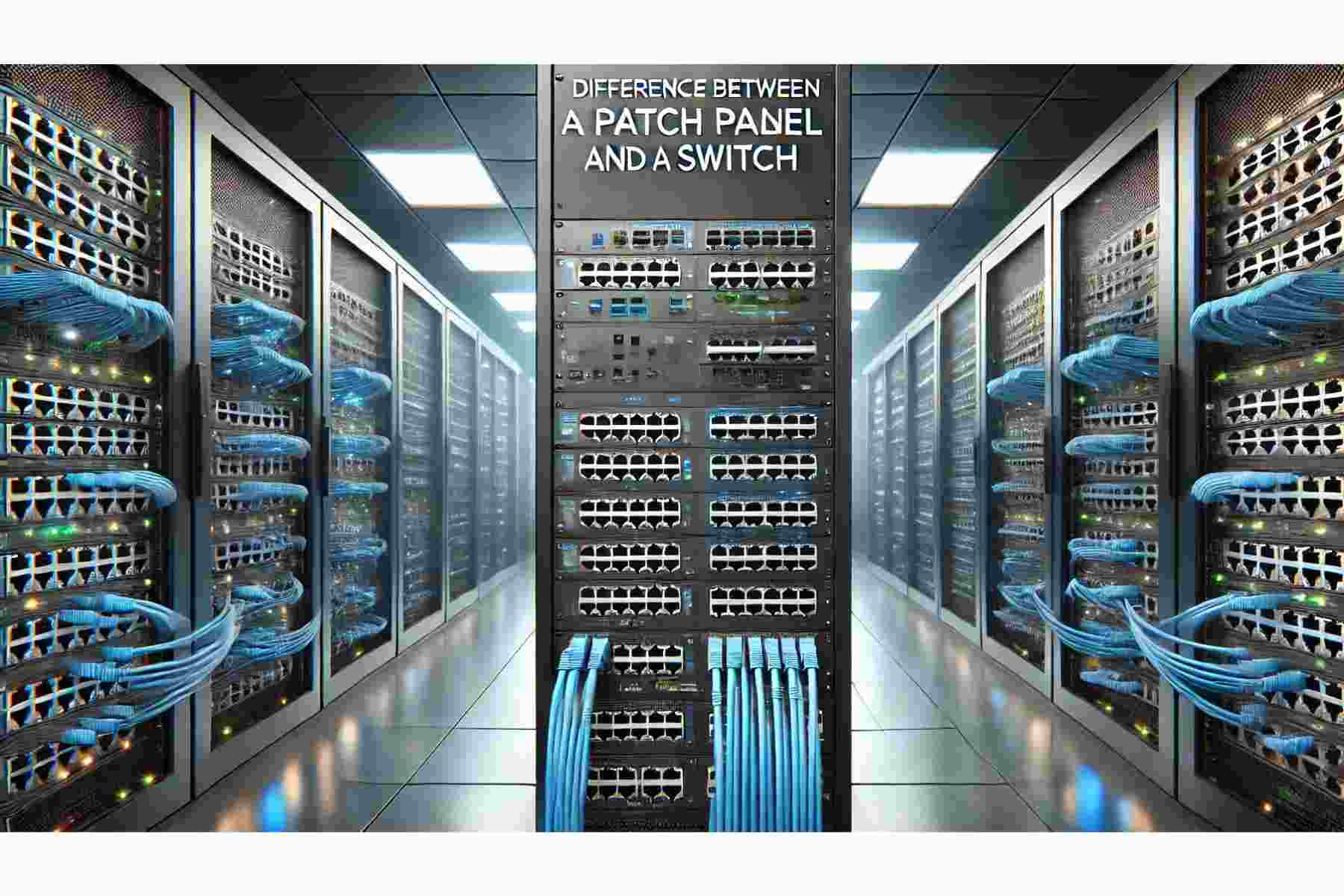
Patch panels and switches are two different networking accessories performing different actions. But, only a few people know their key differences and core features. So, here is a comprehensive and in-depth comparison of patch panel vs switch:
|
Patch Panel |
Switch |
| Provides interface for cable management | Facilitates network traffic routing and control |
| Frame with multiple rows of ports | Frame with multiple rows of ports |
| Various sizes and configurations | Varies from small desktop to large rack-mounted |
| Ethernet patch panels and Fiber optic patch panels | Unmanaged, managed, KVM, PoE, and smart switch, etc. |
| Simple to operate and maintain | Requires configuration and management |
| No Power Requirement | They require power |
| They have the same speed | Their speed varies from type to type |
| Available in different sizes | Available in various sizes |
| They save time | No concept of time-saving |
| Save space and money | They do not save space |
Types of Patch Panels:
Depending on how many ports they have and how many cables they can manage simultaneously, patch panels are categorized into different types. These categories can go up to 5, but the most common types of patch panels are 48-Port, 24-Port, and 12-Port panels. Some common patch panel types are mentioned below:
Twisted-Pair Copper:
These panels are structured for particular twisted pair coppers, such as Cat5E vs Cat6, Cat6A, and Cat7 cables. Besides, there are different patch panels for Unshielded twisted pair cables and shielded twisted pair cables.
Fiber Optics:
Patch panels are also available for single- and multimode fiber cabling, but only under some conditions. For example, the category of patch panels is decided by the age of your installed fiber. After considering this particular step, you can select LC (Lucent Connector or little connector), SC (subscriber connector), or ST (straight tip). These types of panels are also called fiber patch panels.
Coax:
Coaxial cables are commonly used in audiovisual (AV) installations. Coaxial cable patch panels connect devices like TVs, media players, and video cameras to a central AV switching system. An AV patch panel functions alongside network patch panels within the same data center.
RJ45 Patch Panel:
Patch panels use RJ-45 interconnectors for twisted-pair Ethernet connections. They serve as a central hub for LANs as well as for outside connections like the internet and WANs. RJ45 patch panels are mostly used in enterprise networks.
Ethernet Patch Panel:
Each connection between patch panels and a network device, such as an Ethernet switch, router, or firewall, is made using a patch cord, which functions similarly to a jumper cable. Rearranging circuits and devices are made simple by patch panels, which allow patch cables to be moved between network devices.
Conclusion:
While patch panel are not mandatory for any business, they still bring a number of benefits to your networking environments. Available in a diverse variety, they serve in various scenarios to lessen the cable struggle and clutter. In this blog, we have gone through patch panels in detail, shedding light on their types, uses, and benefits. If you have further queries, you can reach us at Buyrouterswitch.
Frequently Asked Questions:
Do people still use patch panels?
Yes, patch panels are still in use and people buy them for their inconvenience, workflow, and work efficiency. They help people organize cables in a neat and organized way to create separate networks seamlessly. Besides, they help in troubleshooting problems easily.
Do I need a Pact panel?
A short answer is NO. You don’t need patch panels until you feel like cable clutter in your network infrastructure. They are not a must-have equipment, but bring you comfort and ease of management.
When should I use a patch panel?
Patch panels provide flexibility and prevent the need to re-run cables easily. For example, in case something breaks or a cable punches down, a patch panel gives you mechanical relief by providing an easy process of rearranging.




 Catalog
Catalog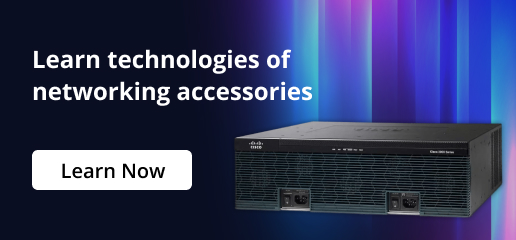

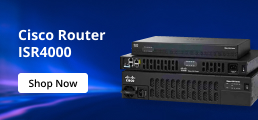
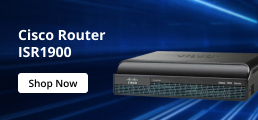

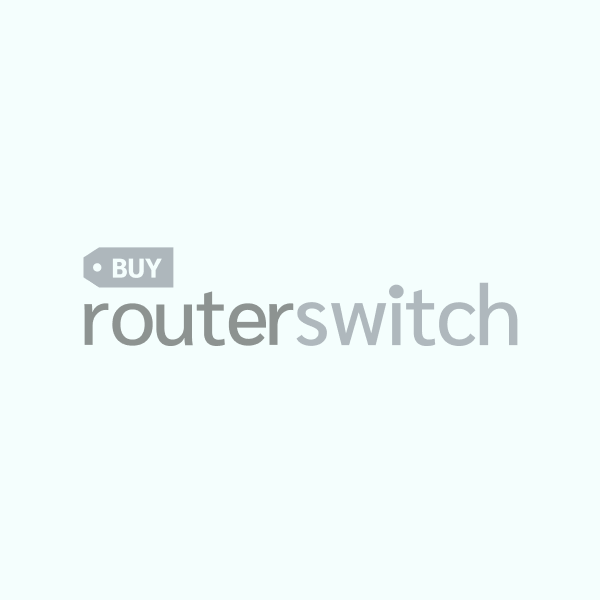


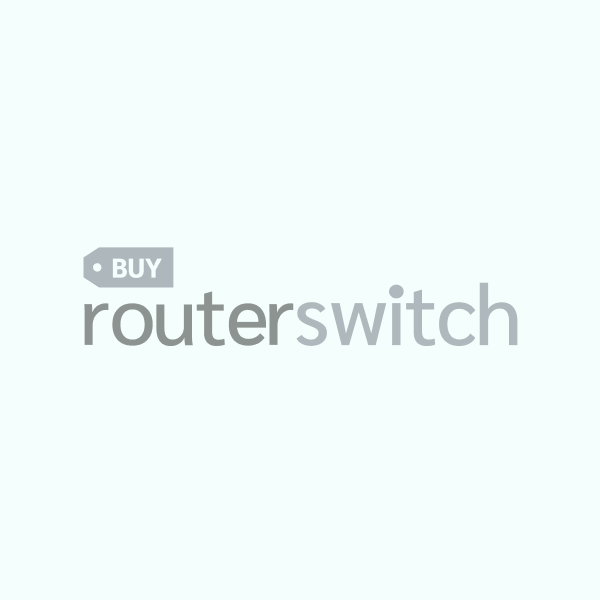
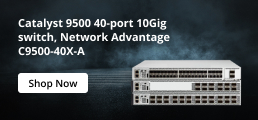

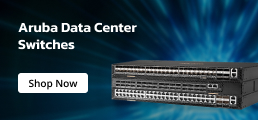
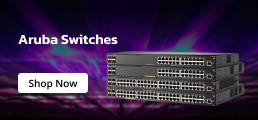

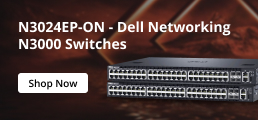


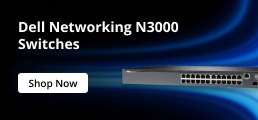





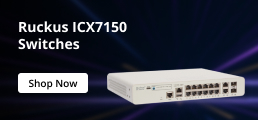
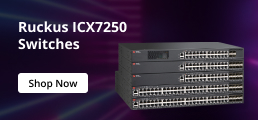

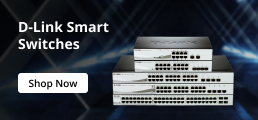


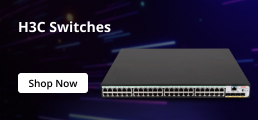




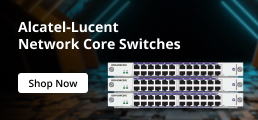
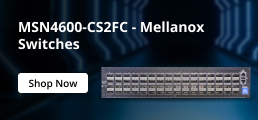












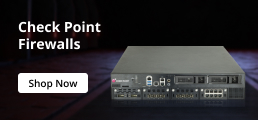
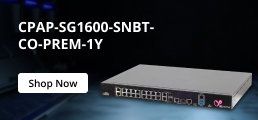

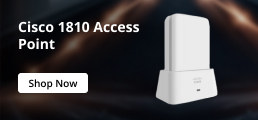








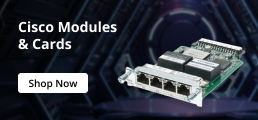
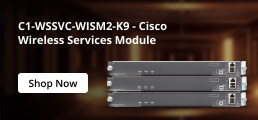




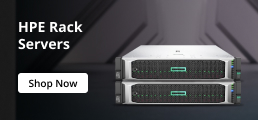
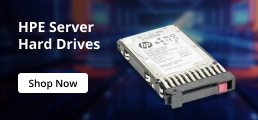
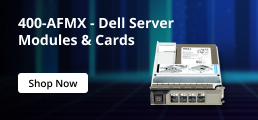




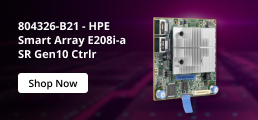

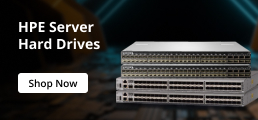








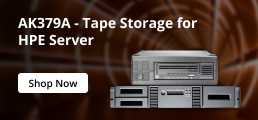
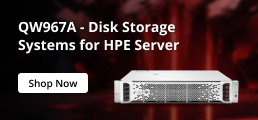



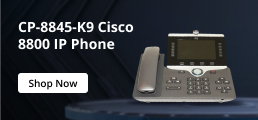




















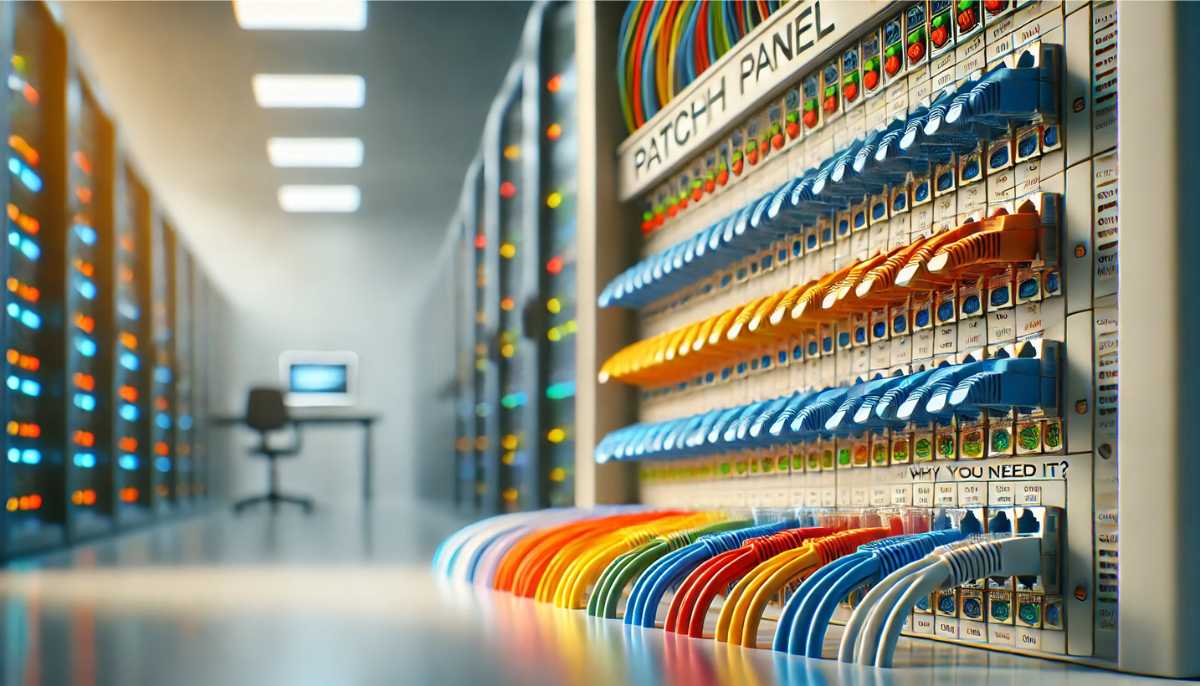
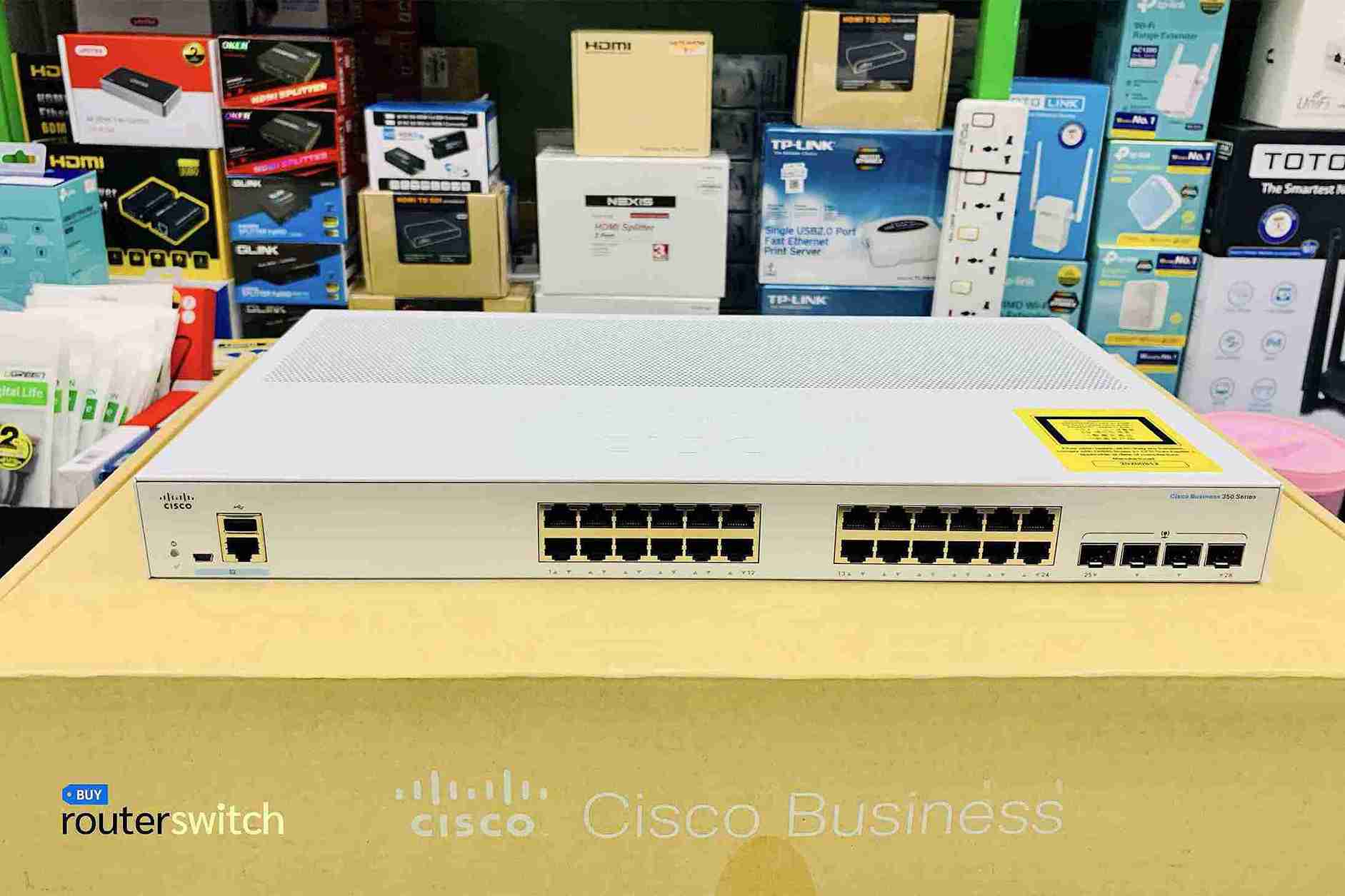
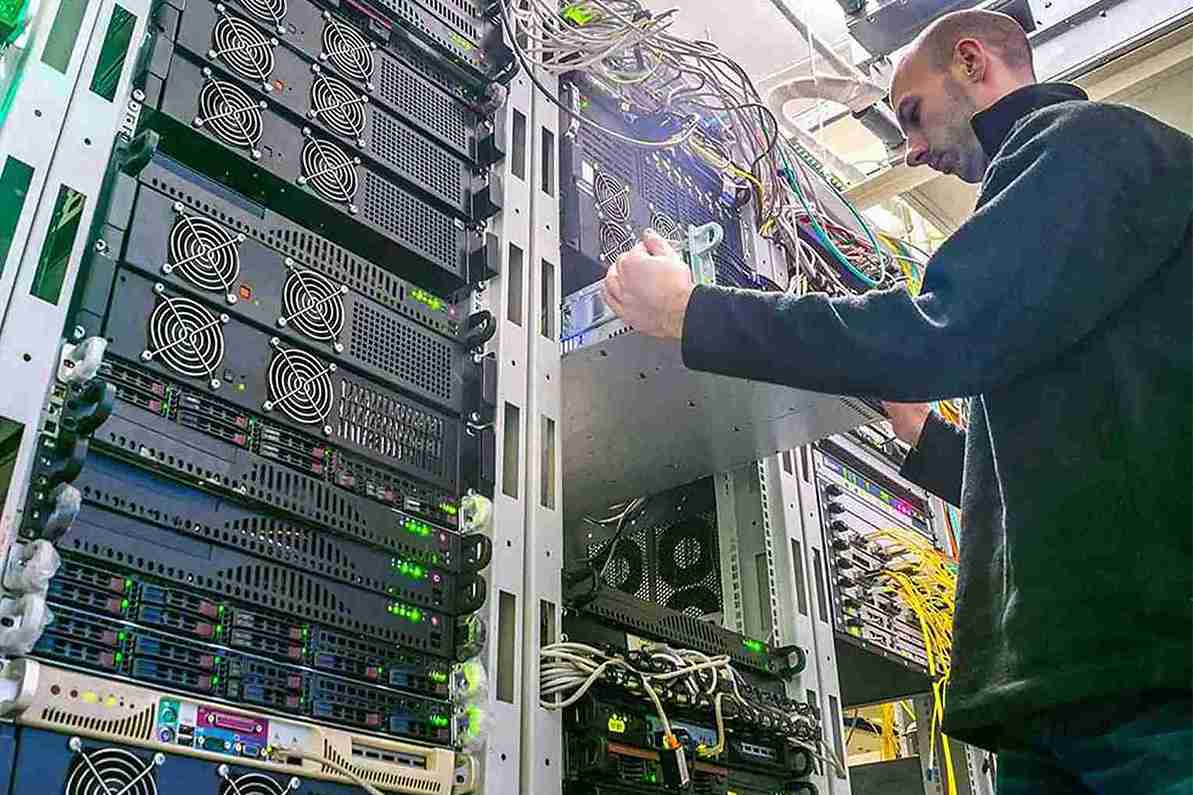
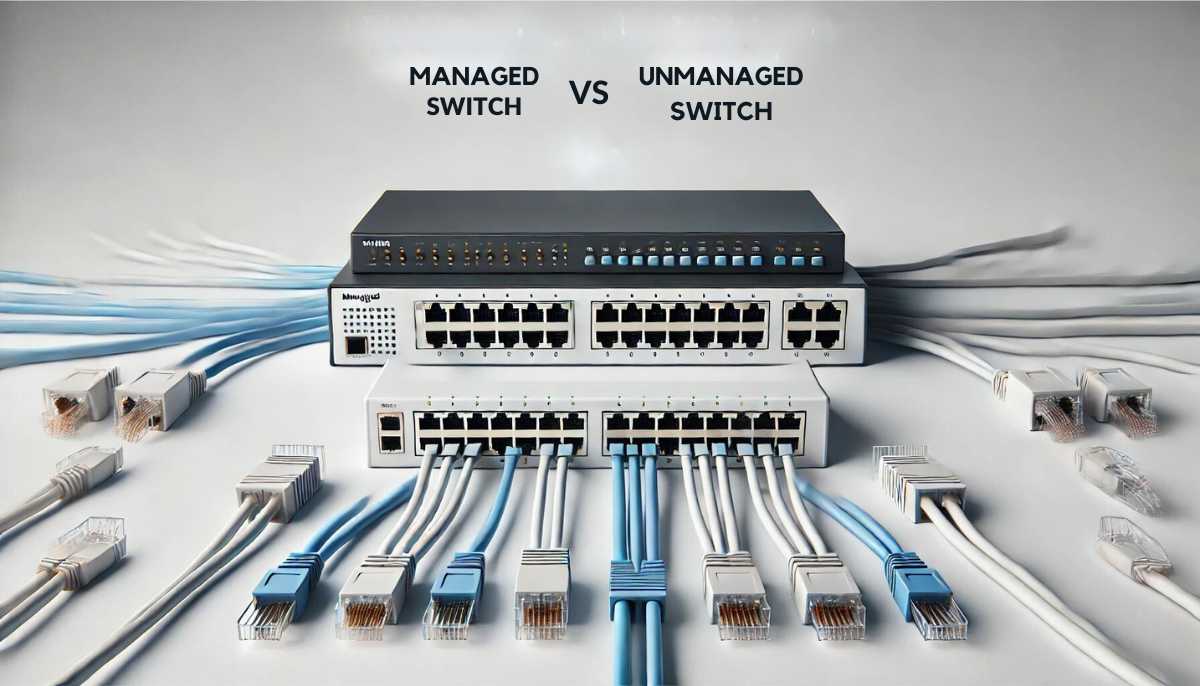




 (800) 870-9487
(800) 870-9487